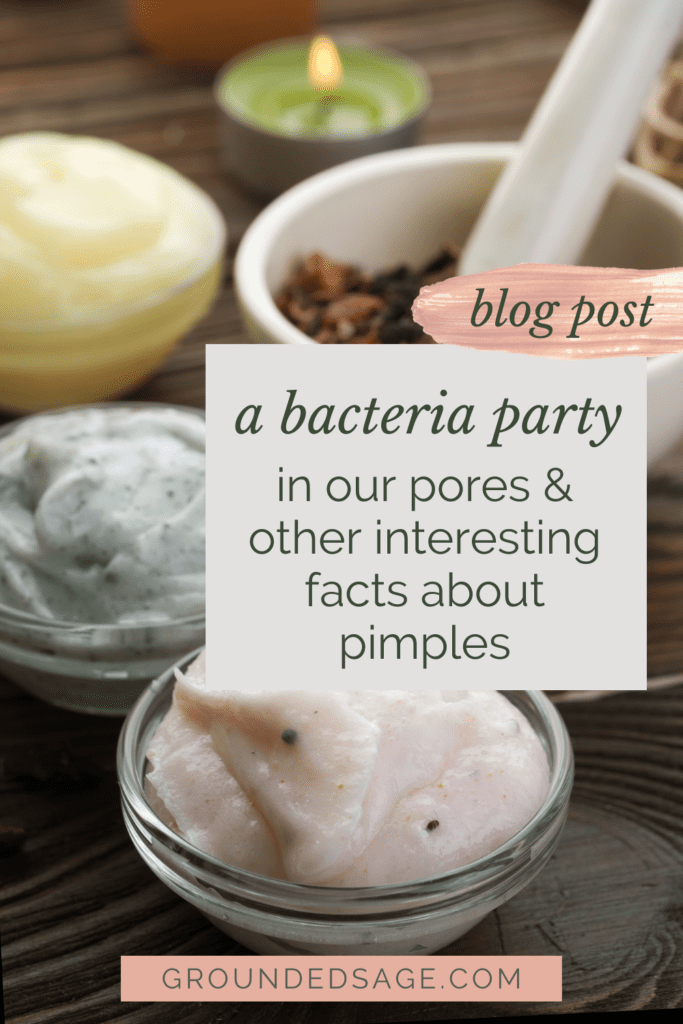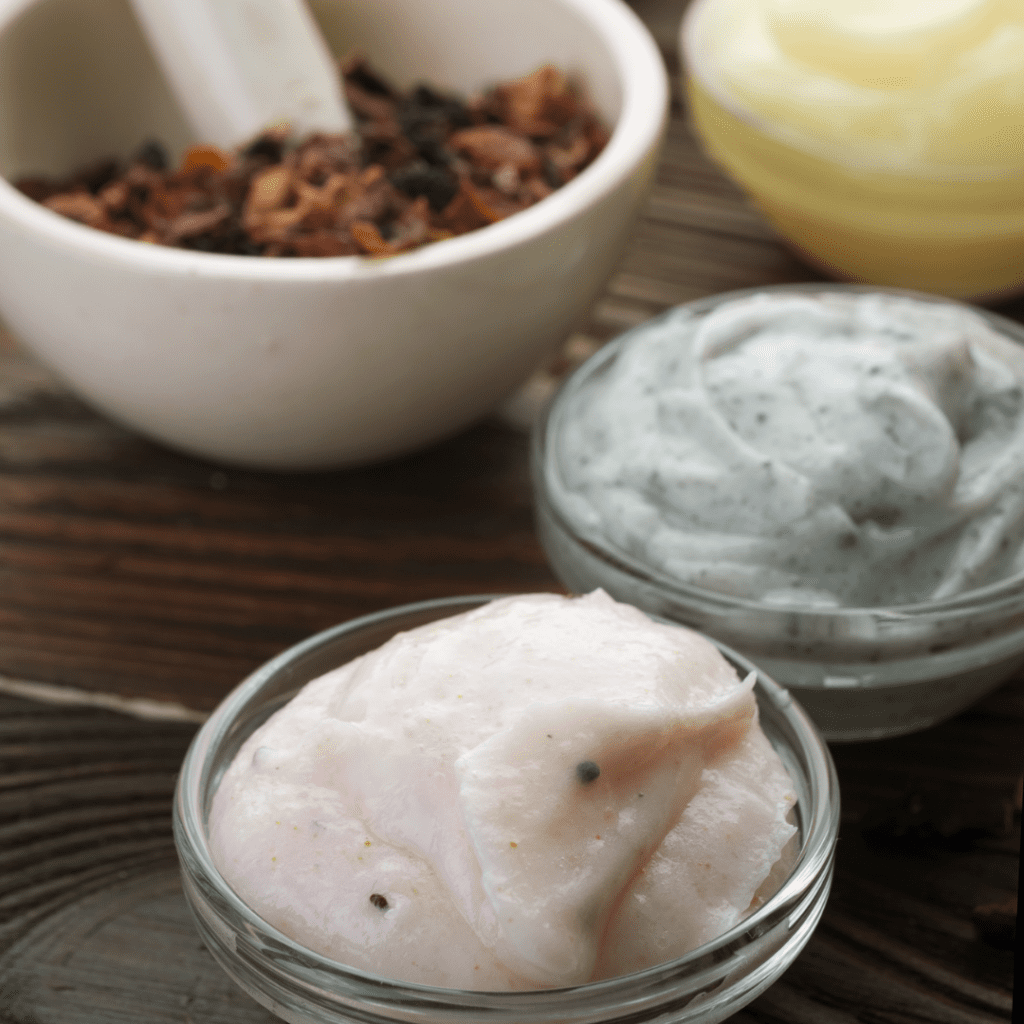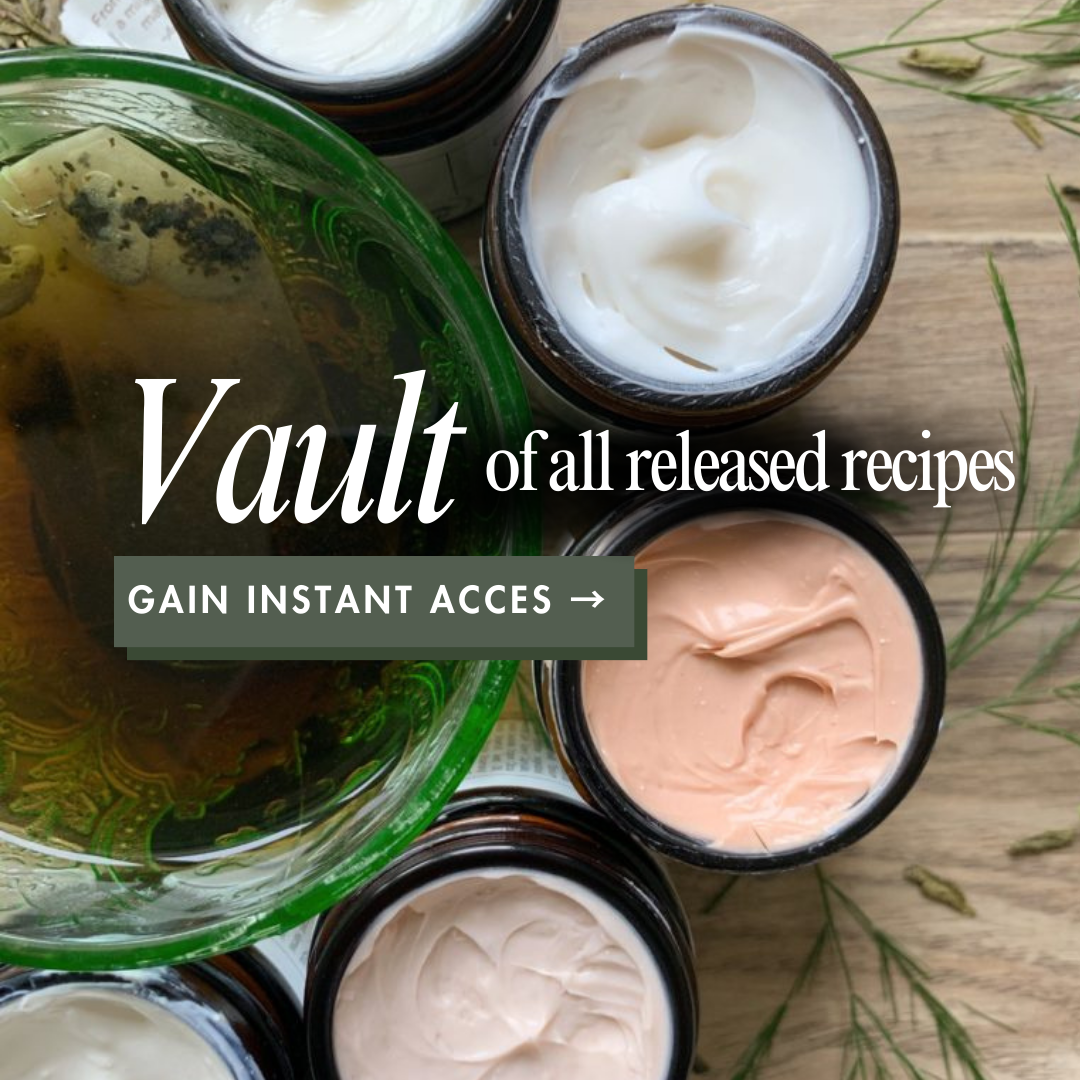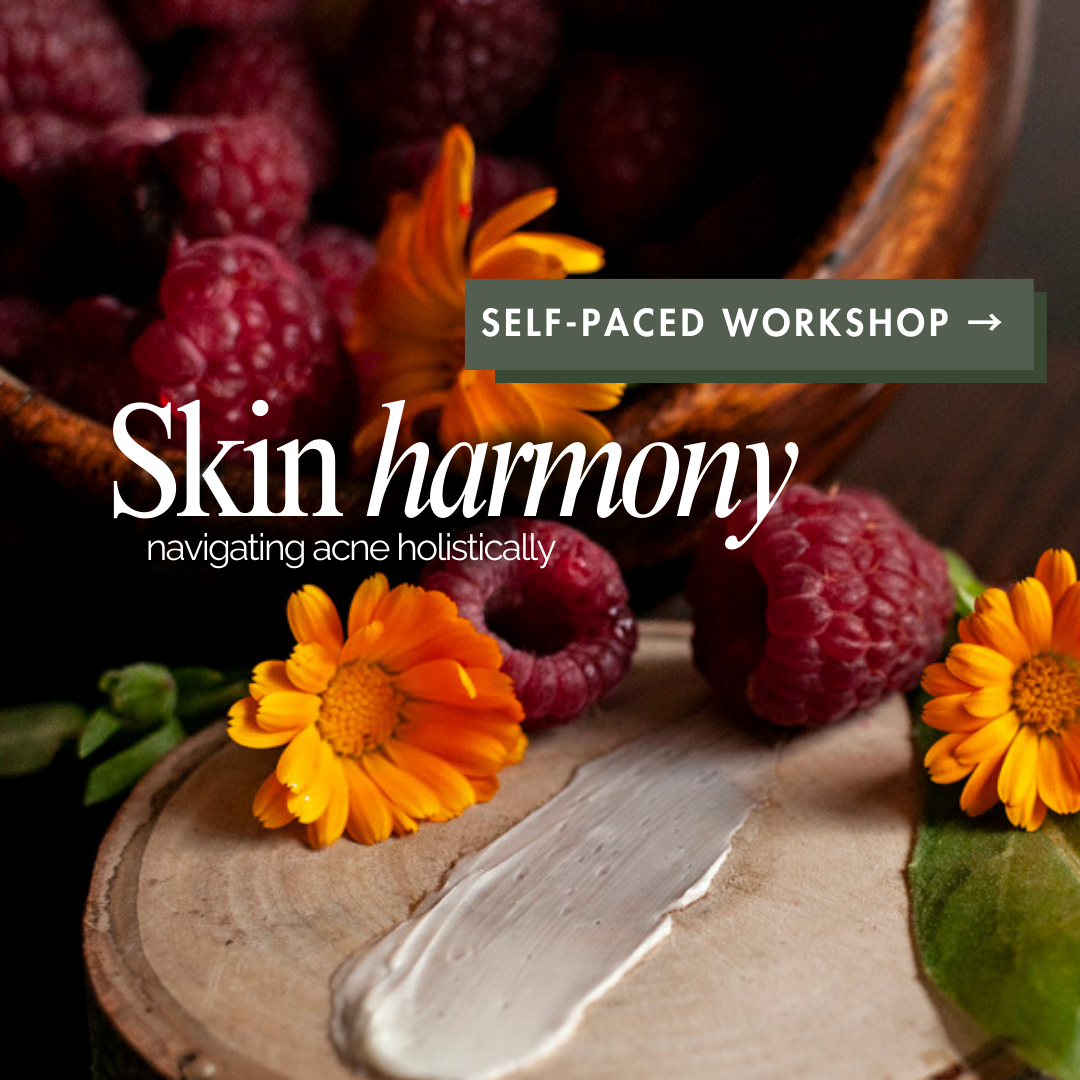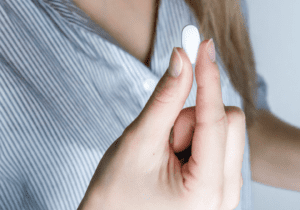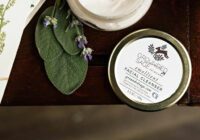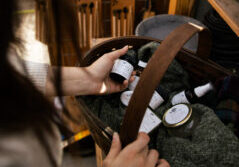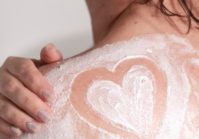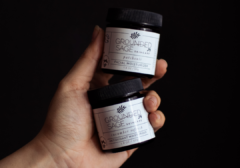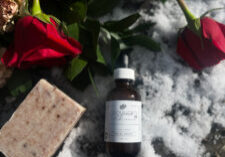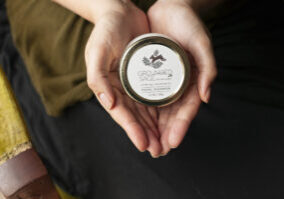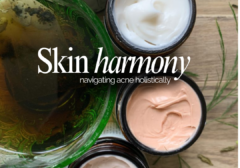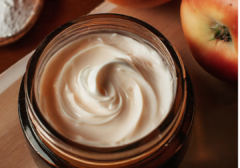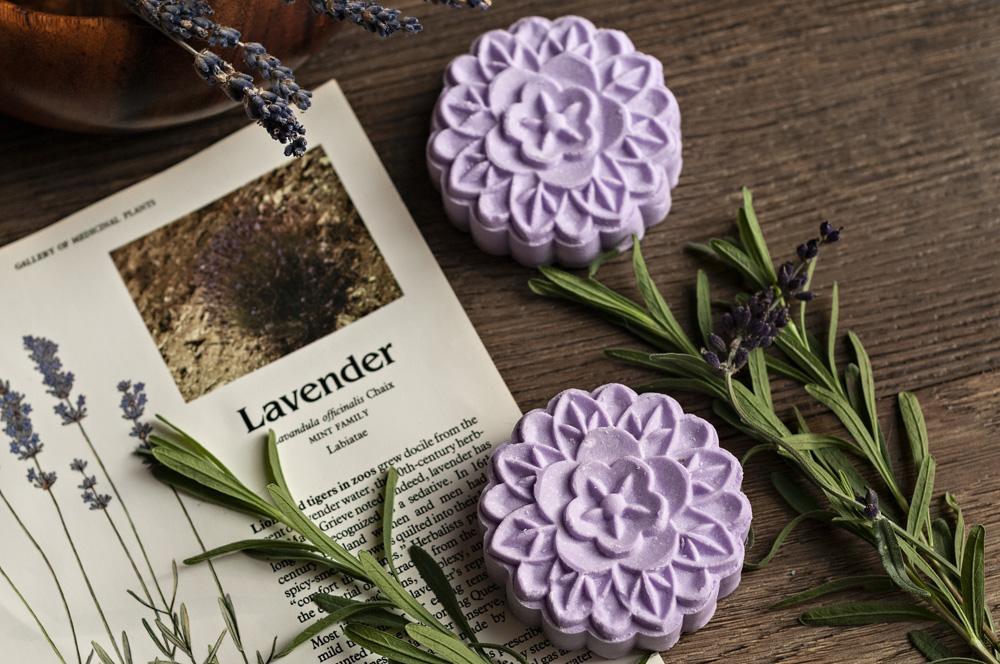Today we’re continuing on with our acne series!
This time we’re talking about bacteria and their role in the formation of acne.
We have bacteria on our skin all the time.
And that’s not a bad thing.
Like the gut flora in your digestive system, your skin also has flora – or a colony of bacteria.
Bacteria on our skin is one of the reasons why our skin plays a significant role in our immune system.
Pst… Besides the physical barrier that our skin provides, the colony of bacteria and the oil on our skin contribute to our immune system.
One bacterium we have on our skin all the time is called P.Acnes – and just like you may have guessed by the name, it’s the bacteria associated with acne.
P. Acnes is attracted to oil – so when there’s a clog of dried oil or a plug of oil mixed with dead skin cells, P. Acnes literally comes running – and of course brings all its friends to an oil-eating party (yup, kind of gross!).
When our skin is healthy and free of the issues we talk about in previous posts, the body can keep P.Acnes under control. It does this through a natural process of keeping healthy cells alive by providing them with oxygen (through the bloodstream).
And there inlines the problem – oxygen is delivered through the bloodstream to keep cells healthy and bacteria at bay.
But our bloodstream can’t easily get to where P.Acnes has hunkered down for a party – which as you recall is inside our congestion-riddled pores.
The P.Acnes party rages on because it’s not slowed down by oxygen, and as the party-goers accumulate, inflammation shows up and the pore quickly starts to get irritated by all the festivities.
If the pore is closed over (think the party door is closed), a whitehead forms.
If the party door is open, a tiny bit of oxygen from the air gets into the pore, which turns the oil black. And you guessed it, you get a blackhead.
-
increasing circulation to the skin by moving our bodies,
-
internally supporting our bodies in ways we’ll talk about more later (like reducing inflammation and how hormones play a role)
Pin this post for later:
